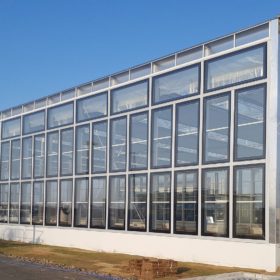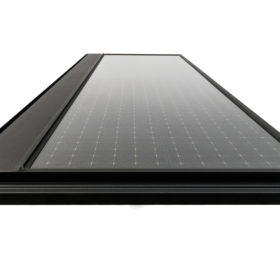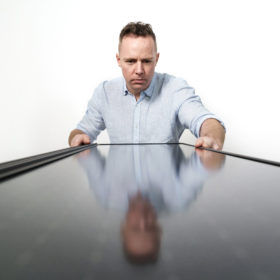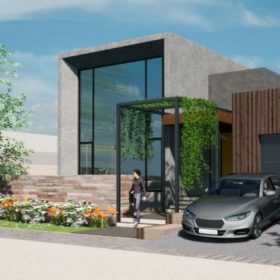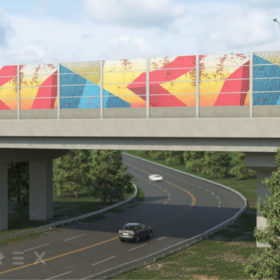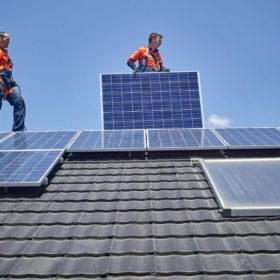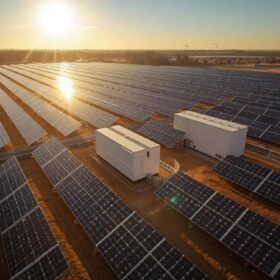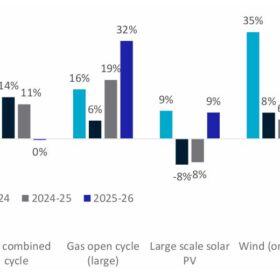ClearVue secures chance to test solar window tech in Hong Kong
Western Australian solar window company ClearVue Technologies has won a tender to complete a study of its electricity generating glazing technology, which will be installed at a Hong Kong government department’s headquarters as part of a fully-funded field trial.
BIPV shading estimation methods key for uptake, says IEA-PVPS
A recently published report from the International Energy Agency’s Photovoltaic Power Systems Programme on building integrated photovoltaics (BIPV) digitalisation found many industry professionals are unsure of a suitable method for estimating shading in BIPV projects.
Tile on the high-performance PV!
A commercial and residential solar installation company with diversified interests as a developer of some of Australia’s biggest solar farms, Leeson Group is now taking a high-performance, Australian-engineered solar roof tile to the global market.
Volt unveils ‘world beating’ Australian-engineered solar tile
Melbourne-based renewable energy company Leeson Group has unveiled an Australian-engineered roof solar PV tile that it describes as the highest energy generating solar tile in the world, with a solar efficiency of up to 19.3%.
ClearVue moves into residential market with solar glass tech
West Australian smart solar glass developer ClearVue has made the move into the residential housing market, securing its first order to supply its power-generating solar PV windows for a luxury residence being constructed in the Australian Capital Territory.
Scientists study transparent organic PV materials for solar window applications
A team of scientists in the United States have designed a transparent organic photovoltaic material for solar window applications in commercial buildings.
Australian researchers reveal improvements for solar window technology
A team of Australian scientists has declared the prospect of buildings, particularly those with glass facades, becoming close to self-powering is a step closer to realisation after developing a 15.5% efficient semi-transparent solar cell which allows more than 20% of visible light through.
Solar highway noise barriers to be deployed across North America
Buildings-integrated photovoltaics maker Mitrex plans to deploy highway noise barriers with integrated solar that have 1.2 MW of capacity per kilometer. The technology is currently in the pilot phase at government entity locations in North America.
Melbourne homeowner in ‘heritage overlay’ ordered to remove rooftop solar panels
Melbourne’s City of Boroondara council has ordered a homeowner to remove rooftop solar panels on a street-facing facade due to the building’s position in a heritage overlay. In 2021 the City of Boroondara declared a climate emergency and called for a tripling of rooftop solar in the municipality. The homeowner described the decision as “ridiculous.”
‘Solar skin’ set to power $40 million Melbourne office tower
With architects and construction companies across the world showing an increasing interest in building integrated PV, one Australian company has outlined plans to clad an eight-storey building being constructed in West Melbourne with a “solar skin” that will generate almost all of the building’s base power.
